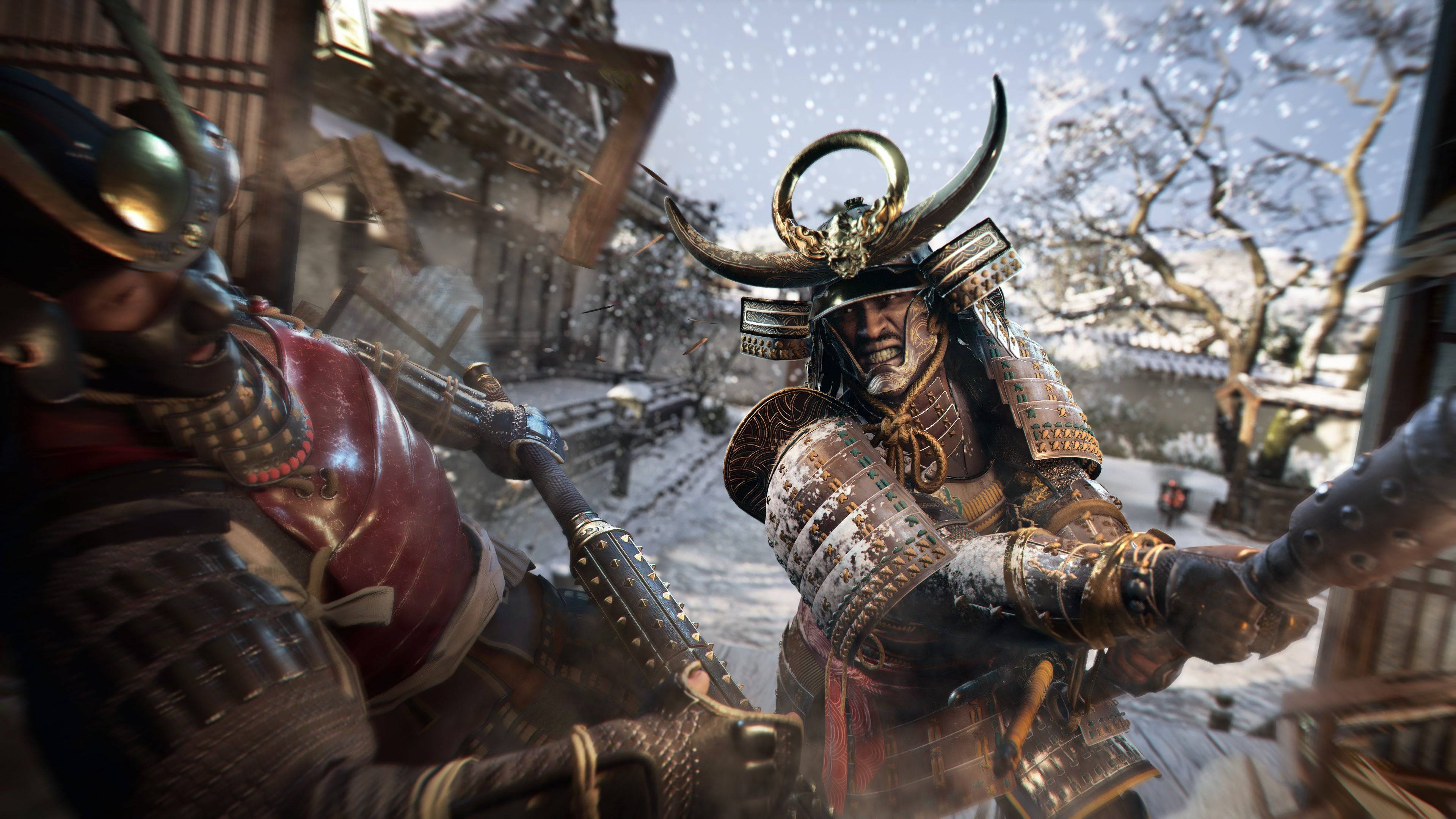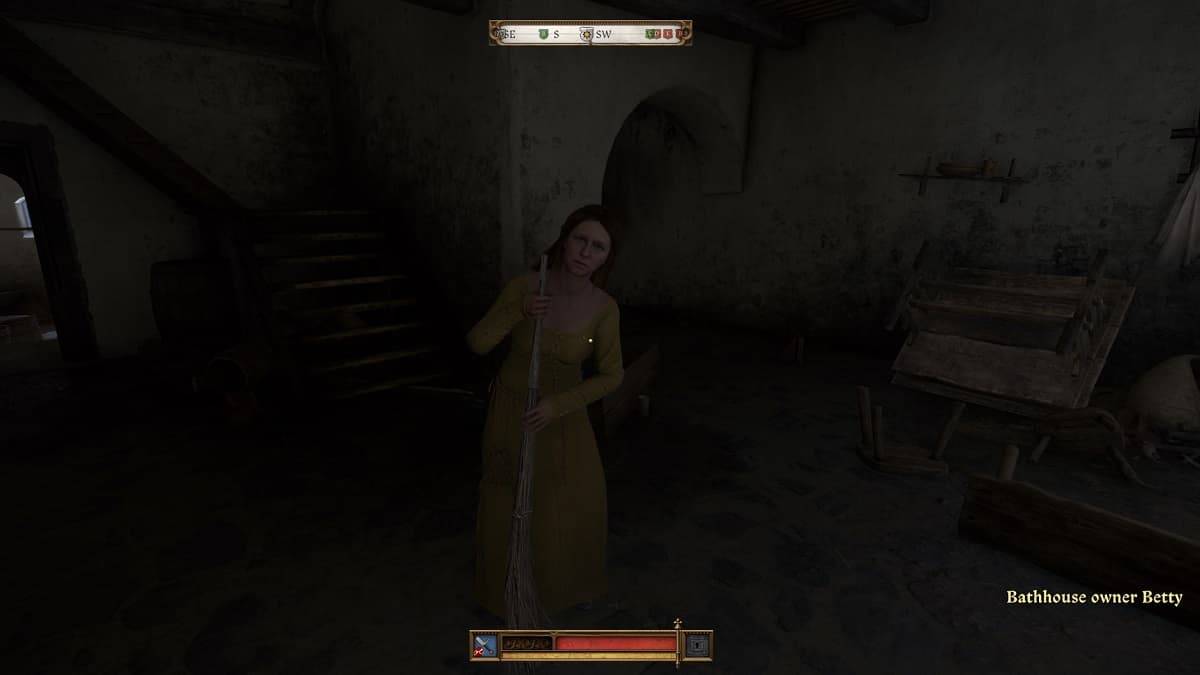

By returning to its core principles, Shadows delivers the most fulfilling Assassin's Creed experience in recent memory. The revitalized parkour system—the best since Unity—lets you seamlessly traverse from ground level to castle rooftops, with a grappling hook accelerating your ascent to strategic vantage points. Perched on a tightrope above enemies, you're just one leap away from executing the ideal assassination... assuming you're playing as Naoe. Switching to Yasuke, the game's secondary protagonist, offers a completely different dynamic.
A Radical Departure
Yasuke moves deliberately, lacks silent takedowns, and climbs with deliberate effort. This design intentionally contradicts traditional Assassin's Creed protagonists, making him Ubisoft's most unconventional—yet intriguing—character choice. Controlling Yasuke feels like playing a different game entirely.

Initially frustrating, Yasuke's limitations gradually reveal their purpose. His design directly addresses longstanding series issues from recent installments. Unlike Naoe—who embodies classic Assassin's Creed gameplay with fluid movement and stealth—Yasuke forces players to reconsider fundamental mechanics.
Ground-Level Gameplay
Yasuke's restricted climbing ability creates deliberate friction, encouraging ground-based exploration. Without easy rooftop access, he lacks the traditional advantage of surveying enemy positions from above. This shifts gameplay toward methodical environmental interaction and combat-oriented solutions.
The samurai's brutal combat style features the most refined melee system the series has seen. Each strike carries weight, with diverse techniques ranging from devastating rush attacks to precise counters. While his "Brutal Assassination" move initiates combat dramatically, it's his sustained swordplay that truly shines.
Dual Protagonist Synergy
The character dichotomy preserves distinct playstyles. Naoe maintains classic stealth tension—forced to retreat from prolonged combat—while Yasuke thrives in open confrontation. This separation prevents the combat/stealth blending that diluted recent entries.
Shadows restricts the series' trademark "climb anything" freedom, requiring deliberate pathfinding even for Naoe. This thoughtful environmental design creates more engaging navigation than previous games' frictionless traversal.
Preserving the Core Experience
While Yasuke offers compelling variety, he contradicts the series' stealth-and-verticality DNA. Naoe's gameplay—set against Japan's vertical Sengoku-period architecture—better delivers on Assassin's Creed's original promise. She retains enhanced combat abilities while maintaining classic mobility, making her the more versatile choice.
Ubisoft's bold experiment yields mixed results: Yasuke provides fresh combat depth but strays from franchise fundamentals. Most players will likely return to Naoe for that quintessential Assassin's Creed experience, reserving Yasuke for specific combat encounters.








